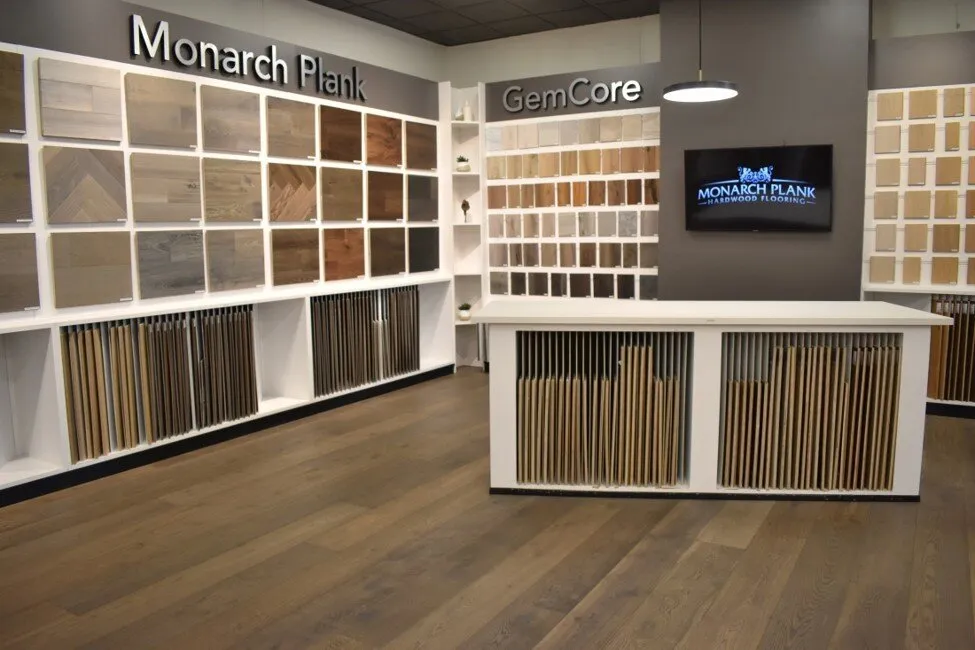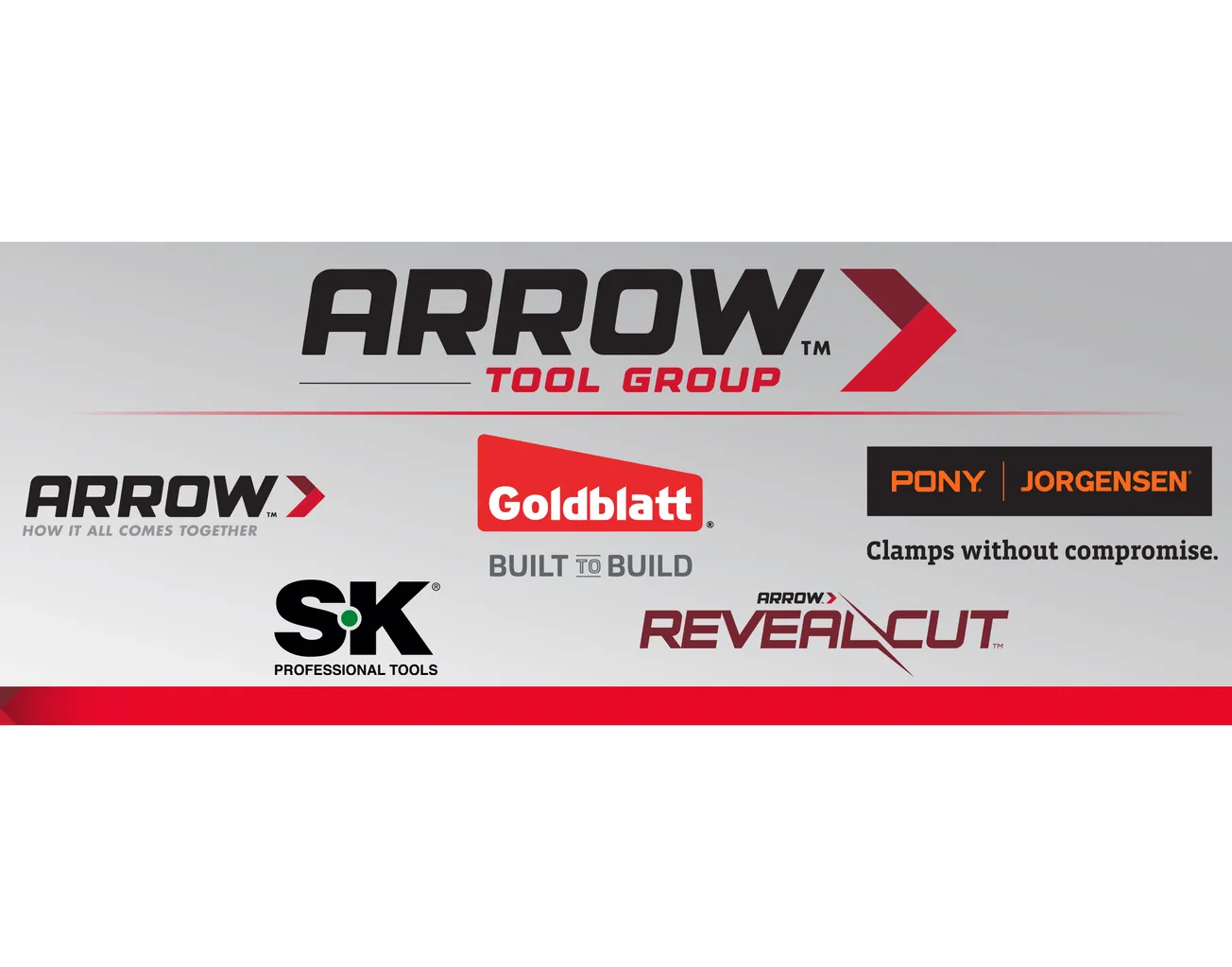Table of Contents
As consumers, we now live in a time of abundant choice. In fact, there are those who will reasonably argue we now live in a time of too much choice. Just think of the last time you had to make a decision on which running shoes to buy; or what data plan you needed for your phone. You likely encountered a plethora of options and information to sift through. And anyone who has stood bewildered in the detergent aisle trying to fathom why there are more than 30 varieties of laundry soap to choose from will recognize the paralyzing effect of having to process too many options.
It shouldn’t come as a surprise that this “analysis paralysis” is now being felt in the building materials sector, and in particular with products like decking and siding. It wasn’t that long ago that the only choices in decking and siding were limited to a few wood species. Today, thanks to the explosion of composite lumber, plastic decking, tropical hardwoods, and vinyl and cement-based siding, the options have ballooned exponentially.
So, what does this mean at the retail level?
The Western Red Cedar Lumber Association (which obviously advocates using western red cedar) recommends its member retailers promote the unique properties and value of this particular species to increase sales and grow its competitive advantage.
While all species and products have pros and cons, western red cedar is unique in that it offers many features that can’t be claimed by other materials. Any WRCLA member product under the Real Cedar brand can only come from sustainably and responsibly managed forests, meaning it is a completely renewable resource. It is also a beautiful and long-lasting wood product that is naturally resistant to rot, decay and pests.
What’s more, WRC has exceptional thermal properties that help keep buildings cool in the summer and warm in the winter. This also creates a competitive advantage for WRC decking as it doesn’t heat up (much appreciated by anyone who has walked barefoot on a deck on a hot day). Its ability to insulate and absorb sounds make it highly versatile for both internal and external applications.
For retailers to sell the value of WRC, it is useful to start by asking the customer the right questions about the project: are there any concerns or preferences about using a natural material versus a composite product? Where will the material be applied? How will it be finished? What other materials are nearby? The better understanding the retailer has of the WRC value proposition, the more they can meet the customer’s needs. In addition to its looks and performance characteristics, WRC is available in a wide range of products, dimensions, profiles, grades and surface textures. Knowing which product is right for the job can turn a simple sale into the sale of the year.
“Oftentimes, specifications are not always written accurately or include incorrect terminology when it comes to cedar,” said Paul Mackie, spokesperson for the Western Red Cedar Lumber Association. “Asking questions to perfect the specification or inquiry takes a good understanding of the product so the correct cedar products end up on the jobsite.”
Although the look of a product is a major influence in the shopping process, the price will more often than not be the final determining factor in what gets purchased. It is a common misconception that WRC costs more than other materials. While this may be true when comparing cedar to some treated products or to entry-level composites, it is not the case when considering the difference between premium products. What’s more, studies from the National Association of Realtors, National Association of Home Builders, and Remodeling’s Cost vs. Value report all found that homes featuring natural materials like real wood decks and siding had a higher market value, greater curb appeal and a higher return on investment than other homes in the same area that didn’t.
Customers looking for decking material may also be under the misconception that composite products are maintenance-free, and that natural wood like WRC requires constant care and upkeep. Again, this is not the case. Anyone in the decking business will attest to the fact that any material, composite or not, that is exposed to the elements will require some form of cleaning and care to keep it looking its best. While WRC takes stain very well, customers looking for a low-maintenance option can be advised to not finish their deck and let it weather naturally till it turns a silvery-gray patina. Cleaning the deck occasionally with oxygenated bleach will keep surface mold and mildew at bay.
Lastly, as was mentioned earlier, the visual appeal of western red cedar is more often than not the most compelling reason to choose it over other products. Composites really can’t compete with the rich, natural warmth, texture and luster of cedar. As such, displays of WRC products in the retail environment are very persuasive sales tools. Customers who have felt the wood’s surface, it’s light weight and experienced WRC’s intoxicating aroma have a harder time choosing anything else.
While the retail market for products like decking and siding is crowded, and consumers are exposed to more competitive advertising than ever before, the reasons for choosing western red cedar are compelling: it’s among the most environmentally friendly building products to manufacture; it doesn’t require toxic preservatives or finishes; it’s light and easy to work with; stable; long-lasting, and stunning to look at.
For distributors and retailers, the reasons for selling WRC are equally compelling: there is a stable and consistent supply, and it is a very high-margin product. Once consumers understand WRC’s real value, it’s an easy sell.









